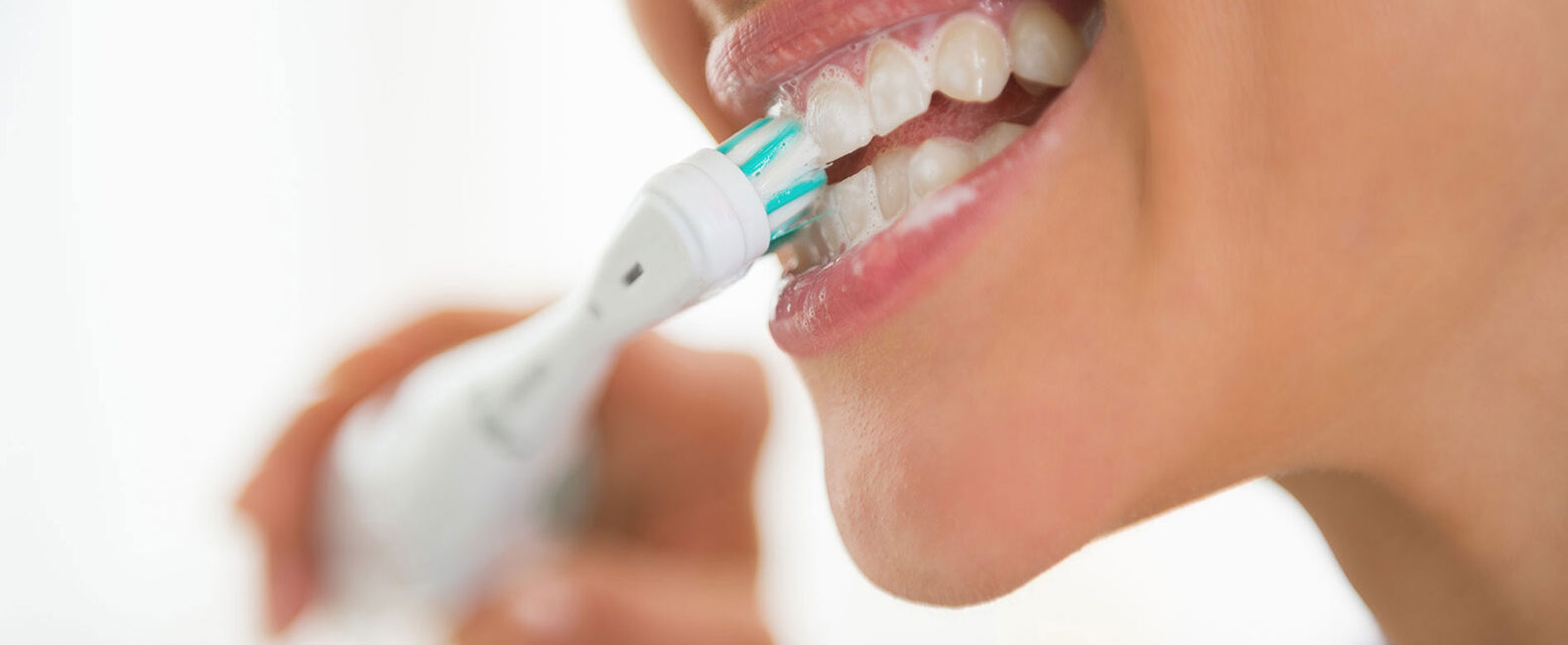
According to a newly published study conducted by Filippo Graziani, Professor of Periodontology at the Unit of Dentistry and Oral Surgery, University of Pisa, Italy, shows that to achieve the highest standard of interdental cleaning, interdental brushes or rubber interdental picks are the most effective dental devices.
The research equated the effectiveness of four oral hygiene devices for reducing plaque and inflammation in periodontitis patients. And as stated before, rubber interdental picks and interdental brushes were found more effective than toothbrushing alone and toothbrushing combined with the use of dental floss. Dentists know the links between oral hygiene and periodontal disease; thus, this study will greatly help dentists and patients suffering from plaque.
Analysis of the Study
The research study is available in the International Journal of Dental Hygiene. The research has explained significant implications for all dental patients with periodontitis, a destructive inflammatory disease that affects the tooth’s supporting tissues and causes tooth loss. Almost 30% of the overall adult population worldwide over 50 years are affected by periodontitis.
The study demonstrated that with the use of a toothbrush only or with the further use of interdental devices, one could reduce the levels of plaque and gingival inflammation. Though when compared with the use of toothbrushes only or in combination with dental floss, advantages were seen in the decrease of plaque and swelling when both rubber picks and interdental brushes were used.
The study was conducted by clinicians and researchers from the Department of Surgical Medical and Molecular Pathology and Critical Care Medicine, University of Pisa, Italy. Specifically at the Sub-Unit of Periodontology, Halitosis, and Periodontol Medicine. The interdental rubbers picks were offered by another international oral healthcare company, Sunstar.
Martijin Verhulst, medical liaison manager at Sunstar, added, “We very much welcome the specific focus on periodontitis patients in this study. So far, evidence of the efficacy of different interdental cleaning tools has been quite conflicting for this population, and for rubber, interdental picks are even absent, so these results will help clinicians by guiding their daily work.”
All the participant patients for the study were allocated into four different groups of 15 people each. They were
- Manual toothbrush (TB)
- Toothbrush plus dental floss group (TB/F)
- Toothbrush brushes group (TB/IDB)
- Toothbrush plus rubber interdental picks (TB/RIDB)
Of course, credit must be given to online exposure to the dental industry. Eventually, medical devices are increasingly visible due to digital marketing, and people are getting to know different types of devices that offer the best results to the clients.
Plaque and bleeding indexes were taken at different time points, and only a single calibrated examiner was unaware of the group allocation. The conclusions validate the present periodontic dealing commendations and have crucial implications for daily practice, as suggested by Filippo Graziani.
He concluded that “Interdental cleaning is a crucial factor in maintaining periodontal health during and after treatment in patients affected by periodontitis. Our study shows that to achieve the highest standard of interdental cleaning, interdental brushes or rubber interdental picks are the most effective devices.”



